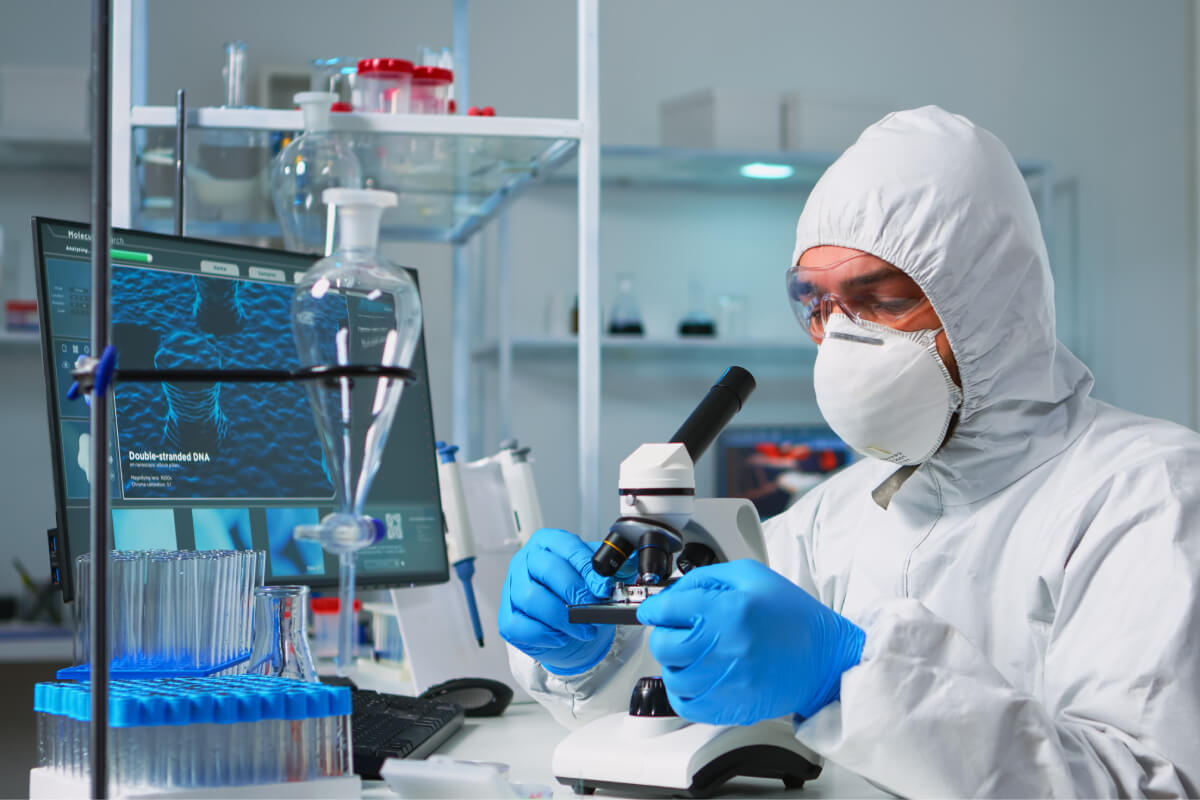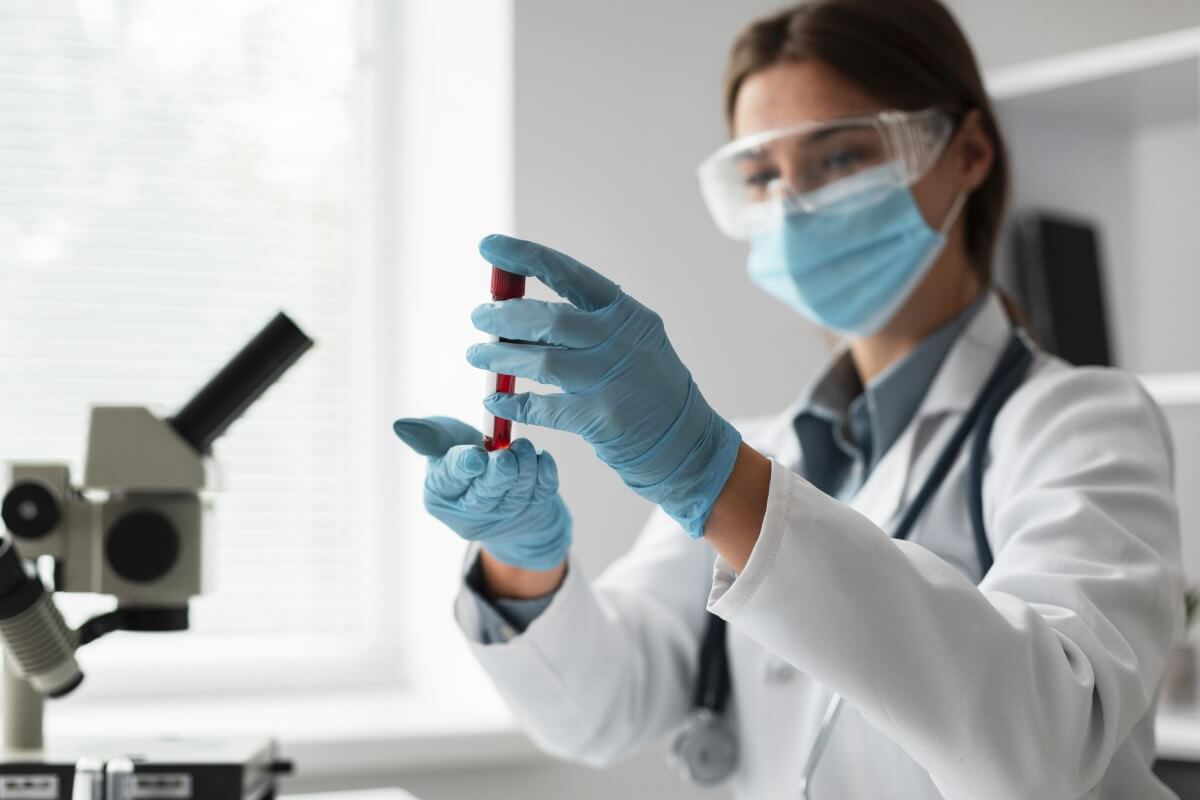Unraveling the Genetic Testing Puzzle: Decoding the Best Sample Collection Method
Genetic testing has revolutionized the field of healthcare, offering valuable insights into our DNA and providing personalized information about our health and ancestry. As the demand for genetic testing continues to grow, it’s crucial to understand the different methods of sample collection. Blood, saliva, and buccal swabs are commonly used for genetic testing, each with its own advantages and considerations. In this article, we will explore these methods and help you understand which might be better for sample collection for genetic testing.
Blood has long been the gold standard for genetic testing due to its rich source of DNA. It contains white blood cells, which are nucleated cells that carry our genetic information. When it comes to accuracy and reliability, blood samples are highly regarded in the scientific community. However, the collection process involves a healthcare professional drawing blood, which can be uncomfortable for some individuals. Moreover, blood collection requires trained personnel and specialized equipment, making it less accessible and more costly.
Saliva-based genetic testing has gained popularity in recent years due to its convenience and non-invasive nature. Saliva contains buccal cells, which are easily obtained by spitting into a collection tube. This method is particularly appealing for individuals who prefer a simple and painless collection process. Saliva samples can be collected at home using commercially available kits and mailed to the laboratory for analysis. This accessibility has made genetic testing more widely available to the general public.
Saliva collection kits typically include a tube containing a stabilizing solution to preserve the DNA during transportation. However, there are some limitations to consider. Saliva samples may have a lower DNA yield compared to blood, which can affect the accuracy of certain genetic tests. Additionally, certain factors such as eating, drinking, or using tobacco products before collection can affect the quality of the sample. Therefore, it’s important to carefully follow the instructions provided with the collection kit to ensure accurate results.
Buccal swab collection involves using a small brush or cotton swab to collect cells from the inner cheek (buccal mucosa). This method is similar to saliva collection but focuses on obtaining cells from the cheek lining. Buccal swabs offer a practical alternative to both blood and saliva collection methods. They are easy to use, non-invasive, and can be performed by individuals themselves without any specialized training.
Buccal swabs are often used in genetic ancestry testing and some diagnostic tests. The collected cells can provide sufficient DNA for analysis, and the swabs can be stored and transported easily. However, it’s worth noting that buccal swabs may have a slightly lower DNA yield compared to blood samples. As with saliva collection, proper technique and following the instructions are essential for accurate results.
So, which is better for sample collection for genetic testing? The choice between blood, saliva, and buccal swabs depends on several factors, including the specific type of genetic test being conducted, the accessibility of the collection method, and individual preferences. Blood samples are still considered the gold standard for accuracy and reliability, particularly for certain types of genetic tests that require a high DNA yield. However, the invasive nature and requirement for specialized equipment make blood collection less practical for routine testing.
Saliva-based testing has gained popularity due to its convenience and non-invasive nature. It offers a viable option for many genetic tests, especially when high DNA yields are not essential. Saliva collection kits are widely available, allowing individuals to collect samples in the comfort of their homes.
Buccal swabs also provide a non-invasive and practical option for genetic testing. While they may yield slightly less DNA compared to blood or saliva, buccal swabs are often sufficient for many genetic tests, including ancestry testing and certain diagnostic tests. They are easy to use and can be self-administered, making them a convenient choice for individuals who prefer to collect their own samples.
It’s important to note that advancements in technology and laboratory techniques have significantly improved the ability to extract and analyze DNA from smaller sample sizes. This means that even with a lower DNA yield, saliva and buccal swab samples can still provide reliable and accurate results for many genetic tests.
When considering the choice between blood, saliva, and buccal swabs for genetic testing, it’s also crucial to consider other factors such as cost, accessibility, and personal comfort. Blood collection requires a visit to a healthcare professional and may incur additional costs. Saliva and buccal swab collection, on the other hand, can often be done at home using commercially available kits, providing convenience and privacy.
It’s worth mentioning that different genetic testing companies or laboratories may have specific requirements or recommendations regarding the type of sample they prefer for their tests. It’s always a good idea to consult with the specific provider or laboratory to ensure you follow their instructions and guidelines for sample collection.
In a nutshell, blood, saliva, and buccal swabs are all viable options for sample collection in genetic testing, each with its own advantages and considerations. While blood samples are known for their accuracy and reliability, saliva and buccal swabs offer convenience, accessibility, and non-invasiveness. Advances in technology have made it possible to extract and analyze DNA from smaller sample sizes, making saliva and buccal swab samples reliable for many genetic tests. Ultimately, the choice of sample collection method depends on the specific test being conducted, accessibility, personal preference, and guidance from the testing provider.




